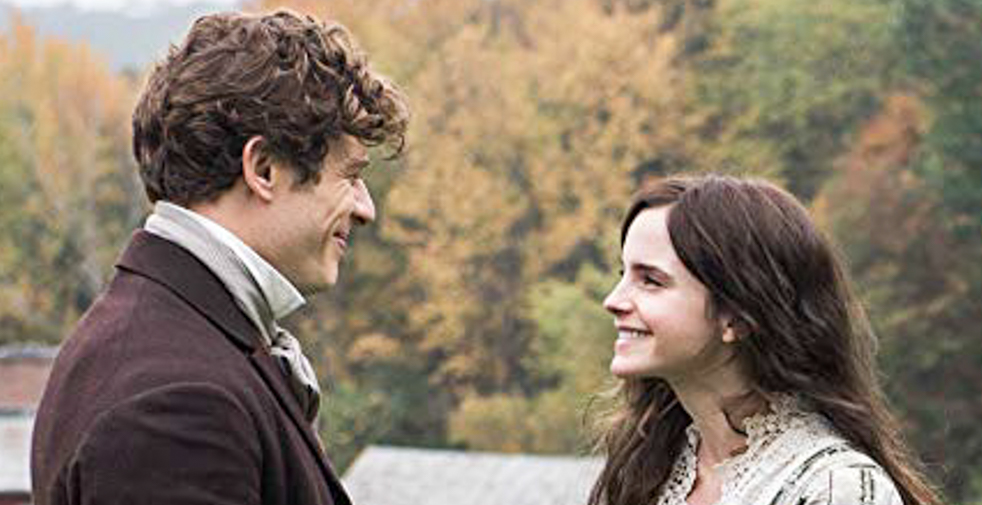
Greta Gerwig is the latest filmmaker to tackle the literary classic “Little Women.” Based on Louisa May Alcott’s 1868 novel, the film follows four sisters living in Civil War-era Massachusetts. Gerwig’s adaptation marks the seventh time the story of the March sisters has made it on the big screen, but proves that the story is still relevant.
The successor to 2017’s highly successful “Lady Bird,” “Little Women” is only Gerwig’s second solo directorial credit. Though it only premiered on December 25th, the film, like its predecessor, has already been a critical and commercial success.
The cast is packed full of Hollywood’s youngest, most talented and hottest actors. Soairse Ronan (“Lady Bird”), Emma Watson (“Harry Potter”), Florence Pugh (“Midsommar”) and Eliza Scanlon (“Sharp Objects”) portray the March sisters, with Timothée Chalamet (“Call Me By Your Name”) opposite as Laurie. They are joined by Meryl Streep (“The Devil Wears Prada”) as Aunt March, and Laura Dern (“Jurassic Park”) as their mother, referred to as Marmee.
Alcott’s original story is an 800 page epic divided into two parts. In the first, the sisters are children living in a quaint Massachusetts town. Their absent father is volunteering for the Union in the war, and they are cared for by their mother and maid. This is when they befriend the orphaned grandson of their rich neighbor, Laurie (Chalamet). Laurie becomes a pseudo-sibling, and readers follows the group’s youthful shenanigans.
In the second half of the film adaptation, it is seven years later and the sisters have dispersed. Living in New York City and trying to make a name for herself as a writer is the narrator, Jo (Ronan). The eldest March sister, Meg (Watson), unexpectedly married down to a poor school teacher and is still in Massachusetts. Also living at home is Beth (Scanlon), who is a musical talent but suffers from a serious illness. The youngest sister, Amy (Pugh), is in Paris with the rich Aunt March (Streep), learning to paint, but more importantly finding a rich husband.
Gerwig’s version tells the story in a nonlinear fashion. The dual timelines are a bit confusing at first, as they take place seven years apart, yet the actors fail to age. After the initial shock, the contrast makes many classic plot points more poignant.
The two eras are also differentiated by lighting and feel. When the girls are young the movie is golden and warm. It feels cozy and familiar, but also magical and fairytale-like. In the second half, the lighting is no longer yellow, but a stark white. The surroundings are unfamiliar, and everything is complicated and feels real.
The film is beautiful. Whether it is set in a Parisian garden, the Massachusetts coast or the March’s modest colonial home, every frame could be a painting. But what really makes this movie something special are the relationships. It is impossible to walk away from this movie without wishing to be a March sister. Not only is Gerwig’s script conversational and familial, the actors’ chemistries are undeniable.
Integral to Alcott’s novel are the feminist themes. Classically, each of the March sisters leads a different life, and through each of them, the few options a woman had at the time are explored. Gerwig updates this for the 21st century.
Using words Alcott herself spoke, Ronan’s Jo cries, “Women, they have minds, and they have souls, as well as just hearts. And they’ve got ambition, and they’ve got talent, as well as beauty, and I’m so sick of people saying that love is just all a woman is fit for. I’m so sick of it.” Critically, she adds to Alcott: “But I’m so lonely.”
Some viewers might not see this movie because they have not read the book. Others might be put off by “women” being in the title. Unfortunately, they will miss out because “Little Women” has all of the makings of an instant classic.
